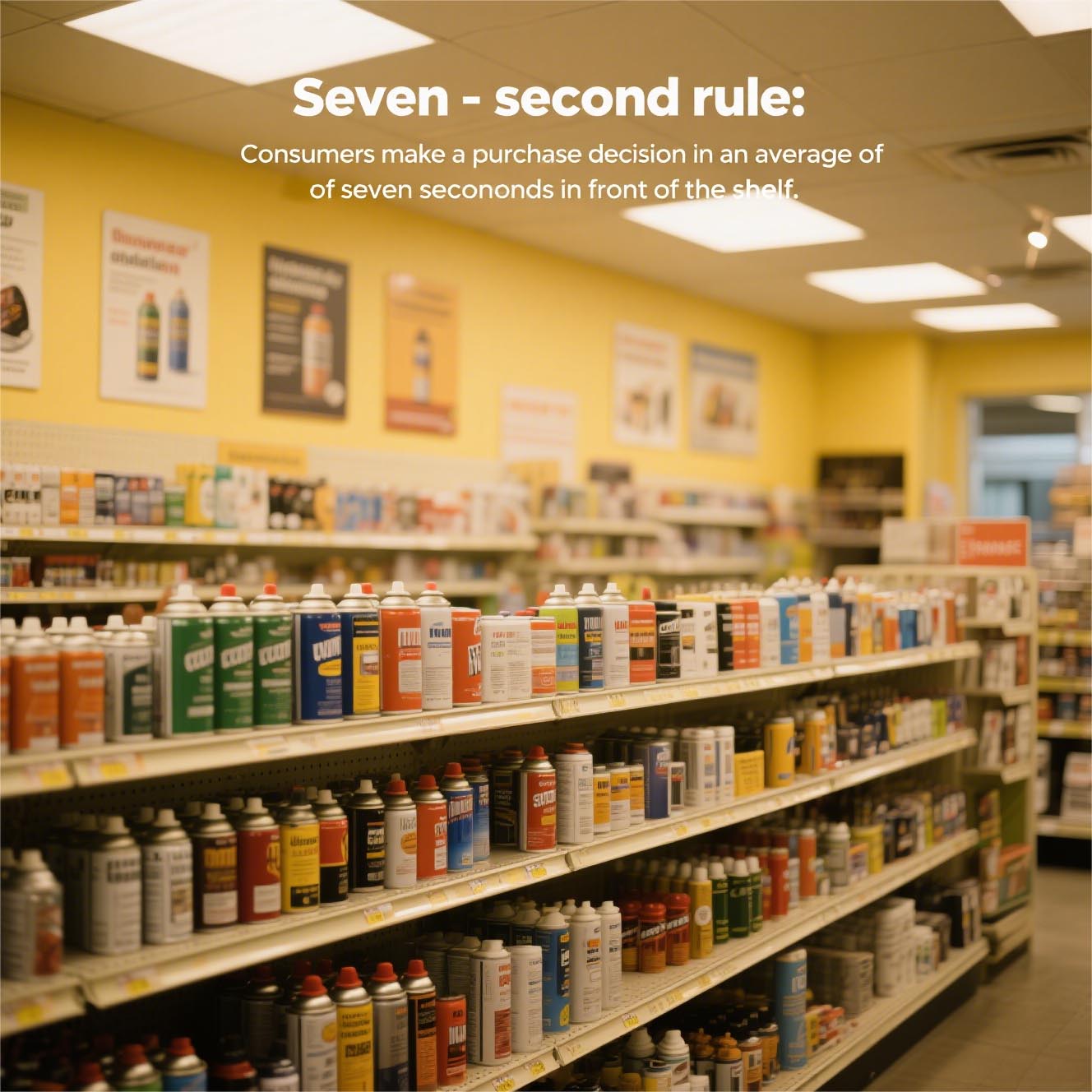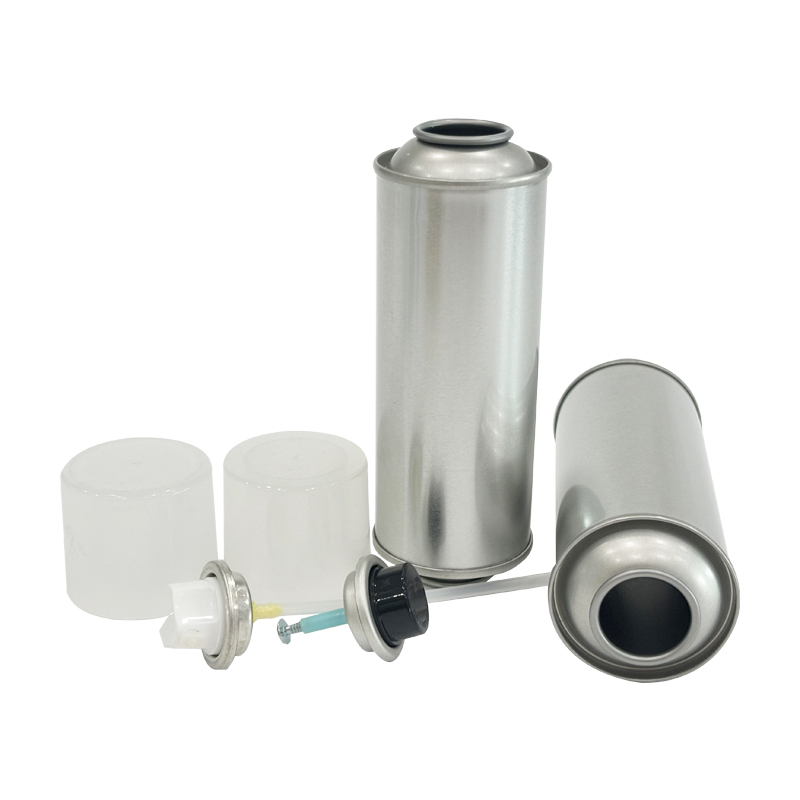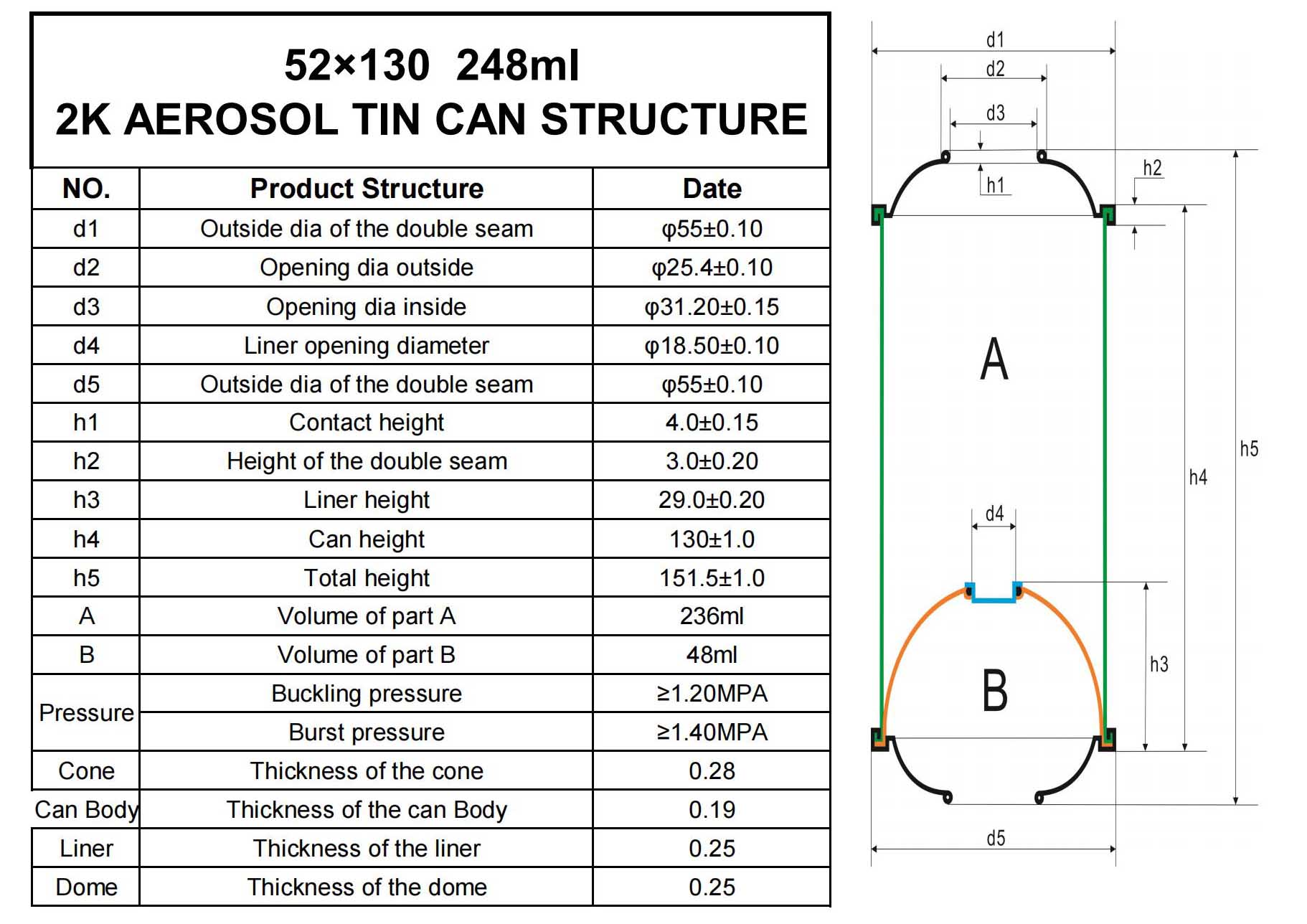In-depth Analysis How to Create Best-selling Packaging for Customized Aerosol Cans?
I. In-Depth Industry Insights: Market Drivers for Custom Packaging
1. Consumer Psychology Research
-
7-Second Rule: Consumers make purchase decisions in just 7 seconds at the shelf

-
Haptic Marketing: 85% of consumers associate packaging texture with product quality
-
Color Psychology:
-
Gold/Black: Conveys luxury (used by 78% of premium brands)
-
White/Blue: Communicates purity (used by 65% of healthcare products)
-
2. Global Market Heatmap
| Region | Popular Customization Needs | Representative Case Studies |
| Europe | Eco-friendly recyclable designs | Lush "Naked" aerosol cans |
| North America | Interactive packaging | Coca-Cola "Scan-to-Win" spray |
| Asia | Mini portable versions | Shiseido 15ml travel perfume sprays |
II. Advanced Material Science & Structural Design Guide
1. Innovative Material Matrix
| Material Type | Characteristics | Best Applications |
| Medical-grade 316L Stainless Steel | Superior corrosion resistance | Premium perfumes, pharmaceuticals |
| Chrome-Plated Aluminum | Mirror-like reflective finish | Limited edition cosmetics |
| Transparent PETG | Content visibility | Food sprays, essential oils |
2. Breakthrough Structural Designs
-
Dual-Chamber Systems (2k aerosol tin can):
-
Patented separation technology
- 🎨 Free design consultation: Our engineers can provide 1v1 scheme optimization
- 📦 Low MOQ: 2K aerosol can accept 1,000pcs MOQ
-
 |
 |
-
Replaceable Cartridge Systems:
-
Main body + interchangeable inner containers
-
Case study: Dior's "Refillable Elegance" perfume collection
-
3. Ergonomic Innovations
-
Anti-slip texture design (friction coefficient 0.4-0.6)
-
Disability-friendly features:
-
One-handed operation mechanism
-
Braille + voice guidance labels
-
III. Comprehensive Printing Technology Analysis (With Cost-Benefit Assessment)
1. Cutting-Edge Printing Technologies Compared
| Technology | Resolution | Color Range | Minimum Line Width | Suitable Substrates | Price Premium |
| Digital UV | 1200dpi | Full color | 0.1mm | All materials | +$0.09/can |
| Nano Printing | 5000dpi | 10^8 colors | 50nm | Smooth surfaces | +$0.34/can |
| 3D Embossing | N/A | Single color | 0.3mm | Metal/Plastic | +$0.27/can |
2. Special Effect Implementation
-
Thermochromic Inks: Responsive range -15℃~60℃
-
Photochromic Inks: 3+ color dynamic shifts
-
Scent Microcapsules: Continuous fragrance release for 6-12 months
3. Cost Optimization Strategies
-
Gang-run printing: Reduces small-batch costs by 30-45%
-
Partial finishing: Premium effects only on key areas
-
Standardized color systems: Minimize spot color usage
IV. Global Compliance Master Guide
1. International Certification Systems
-
Food-grade: FDA 21 CFR, EU 10/2011
-
Pharmaceutical-grade: USP <661>, EP 3.2
-
Transportation safety: UN/DOT 6P certification
2. Regional Requirements
-
EU: REACH SVHC testing (<0.1%)
-
USA: California Proposition 65
-
China: GB 4806.1 food contact material standards
V. Deep Dive into Success Stories
Case Study 1: Nivea Men Deodorant Spray
-
Innovation: Magnetic base design (prevents rolling in showers)
-
Results: 19% market share increase
-
Technical Details:
-
Embedded neodymium magnets (corrosion-treated)
-
Rubber anti-slip ring base
-
Case Study 2: Tiffany & Co. Limited Edition Perfume
-
Innovation: Jewelry-grade electroplating
-
Results: 300% price premium over standard products
-
Specifications:
-
Multi-layer plating (copper+nickel+rhodium)
-
Surface roughness Ra≤0.2μm
-
VI. Future Lab: 2025-2030 Technology Outlook
-
Smart Packaging:
-
E-ink displays showing remaining quantity
-
IoT-connected auto-replenishment
-
-
Bio-Materials:
-
Algae-based can bodies (100% biodegradable)
-
-
Multi-Sensory Integration:
-
Haptic feedback nozzles (pressure-sensitive)
-
Voice-guided usage instructions
-
VII. Supplier Selection Checklist
□ ISO 15378 pharmaceutical packaging certification
□ MOQ alignment with requirements
□ Prototyping lead time (industry average: 7-15 working days)
□ Full lifecycle carbon footprint reporting
□ Case study relevance to your needs
VIII. Failure Case Analyses
-
Case A: Gold foil peeling incident
-
Root cause: Skipped RCA abrasion testing
-
Loss: $350,000 recall cost
-
-
Case B: Can deformation issues
-
Root cause: Insufficient wall thickness design
-
Lesson: Mandatory FEA simulation required
-